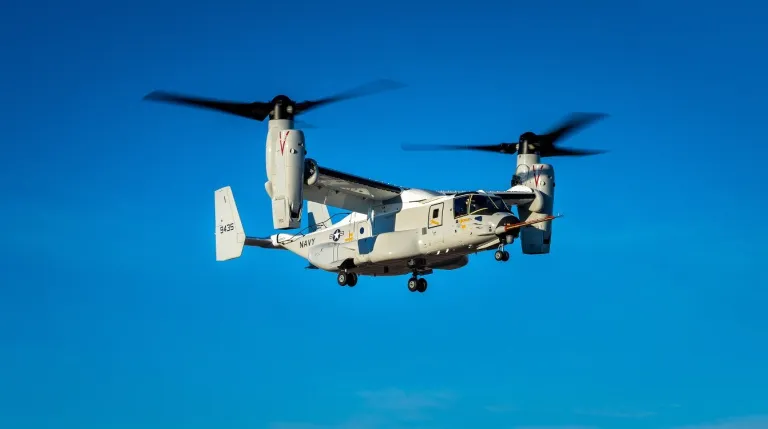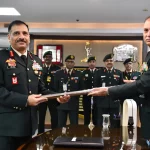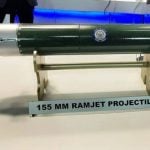Despite a series of accidents plaguing the V-22 Osprey tiltrotor aircraft over recent years, the United States remains resolute in its commitment to the unique aircraft, demonstrating an unwillingness to abandon its utilization.
Notably, the distinct features of the tiltrotor have also captured the interest of the Indian military, sparking contemplation about acquiring the aircraft.
Following a fatal crash off the Japanese coast in November 2023, which resulted in the loss of all eight crew members and led to the grounding of the CV-22B Osprey, the US Air Force Special Operations Command has been diligently working to uncover the underlying cause behind the tragic incident.
In a statement released on February 21, the Air Force Special Operations Command acknowledged the occurrence of a material failure on the aircraft but admitted to not yet determining the specific cause of the failure. Engineering testing and analysis are currently underway to unravel the complexities surrounding the malfunction, a critical component of the ongoing investigation.
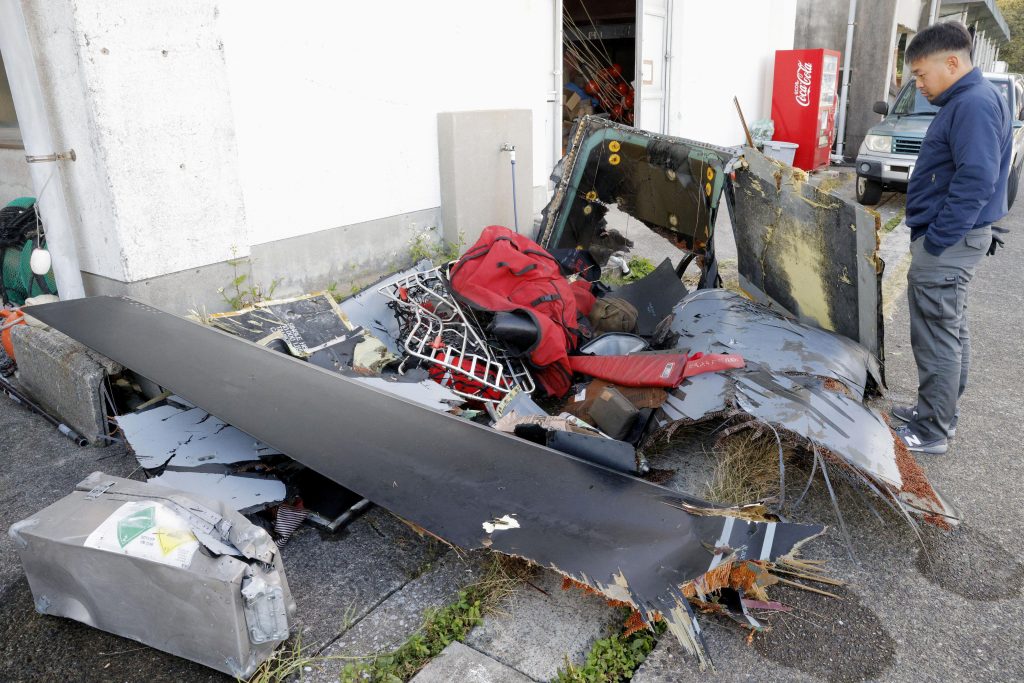
While initial assessments have ruled out crew error as the cause of the crash, the exact nature of the malfunction remains undisclosed to the public.
The command is conducting a comprehensive examination of the CV-22 tiltrotor program, supplemented by a Safety Investigation Board probe and an Accident Investigation Board inquiry.
Although official channels have provided limited information, anonymous Pentagon officials have hinted at the possibility of gearbox issues contributing to the accidents.
Specifically, concerns have been raised regarding the intricate system of clutches and gearboxes on the aircraft, with a gearbox fault known as hard clutch engagement (HCE) identified as a recurring problem since 2010.
Previous incidents, including a fatal crash in June 2022 and emergency landings in 2022, have underscored the urgency of addressing these technical issues. Investigations are currently exploring the potential role of a chip from the Osprey’s proprotor gearbox in the recent crash, highlighting the critical need for enhanced gearbox design and maintenance.
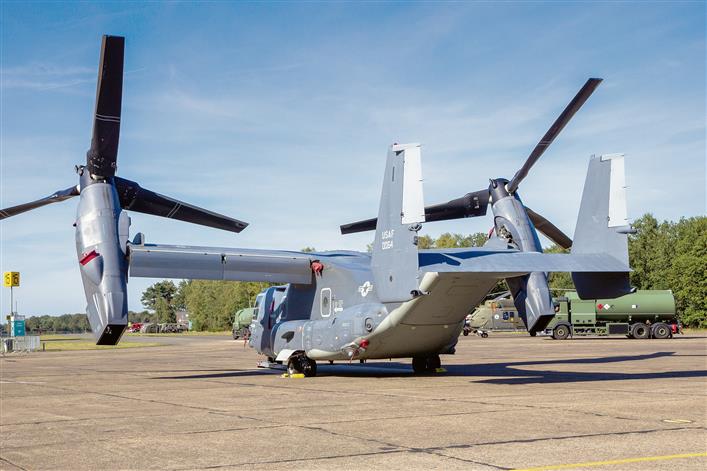
Despite mounting safety concerns and calls for phasing out the aircraft, the United States has remained steadfast in its support for the Osprey program. Pentagon spokeswoman Sabrina Singh reiterated confidence in the Osprey’s capabilities, emphasizing ongoing efforts to address technical challenges and ensure operational safety.
While the Osprey’s track record has been marred by tragic accidents, the United States remains committed to resolving underlying issues and maintaining confidence in the aircraft’s performance. As investigations continue, the focus remains on enhancing safety measures and mitigating risks associated with the operation of the CV-22B Osprey tiltrotor aircraft.

